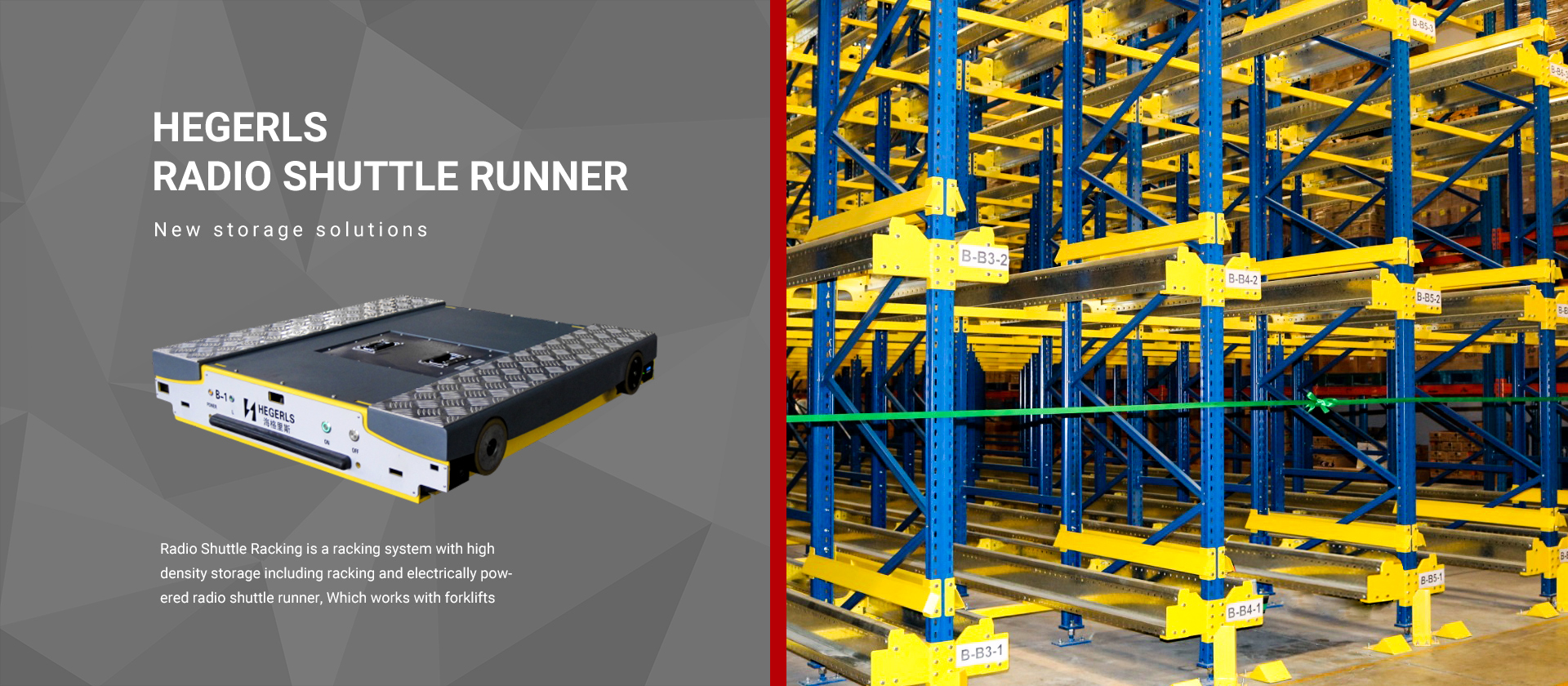The four-way shuttle is a highly automated logistics equipment, and its development history and characteristics reflect an important step in the progress of logistics technology. The four-way shuttle can move in both the x-axis and y-axis of the shelf, and has the characteristic of being able to travel in all four directions without turning, which is also the origin of its name. The design of this device allows it to flexibly shuttle through narrow passages, maximizing the use of storage space, while also having features that improve work safety, such as equipped with collision avoidance systems and automatic parking functions. The emergence of four-way shuttle buses has greatly improved the storage efficiency and operational accuracy of warehouses, adopting advanced navigation technology and power systems, with significant advantages such as high space utilization, high efficiency and flexibility, improved safety, automation and intelligence.
The development of four-way shuttle vehicles has gone through several stages. From the perspective of product types, they are mainly divided into two categories based on their load capacity: pallet type (heavy-duty) four-way shuttle vehicles and box type (light-duty) four-way shuttle vehicles.
Box type shuttle cars are mainly used in high-speed picking scenarios and are suitable for industries with multiple specifications and storage, such as e-commerce, food, medicine, etc. Their key technologies are divided into three parts: hardware technology, software technology, and communication technology. Hardware technology mainly focuses on intelligent forklift technology, motion control technology, positioning control technology, power management technology, and other aspects. Software technology mainly includes dynamic optimization management of cargo locations and temporary storage spaces, task allocation and scheduling, and optimization of bus routes. Communication technology is mainly a technology for fast and frequent switching of base stations in a stable signal coverage, high traffic low latency, and large-area high-density continental shelf environment. In addition, related technologies such as rapid elevators, shelves, tracks, and conveyors, system stability, maintainability, and adaptability to the environment are key technologies that affect the performance of the entire shelf system.
The tray type (heavy-duty) four-way shuttle car is mainly used for the handling and transportation of tray goods, and can be combined with the upper computer or WMS system for communication to achieve automatic identification of goods and other functions. It mainly includes a two-way tray shuttle car system, a mother child shuttle car system, and a two-way shuttle car+stacker system. Among them, the two-way pallet shuttle was gradually accepted into the Chinese market in 2009. Due to the fact that the two-way shuttle can only use the “first in, first out” or “first in, first out” mode when loading and unloading goods, its early application was limited to large quantities and a small variety of goods. However, with the development of the market, the demand for small batch and multi frequency storage of goods is increasing day by day. At the same time, due to factors such as rising land costs, users are increasingly concerned about space saving and intensive storage. In this context, a four-way shuttle truck for pallets that integrates secure storage, space saving, and flexible scheduling has emerged.
The advantage of the four-way shuttle is not only reflected in its technical characteristics, but also in its improvement of warehouse operation efficiency. It can operate efficiently in a small space, reducing the need for manual intervention, lowering labor costs and operational risks. With the increasing demand for efficiency and flexibility in the logistics industry, four-way shuttle buses as a new type of logistics equipment have gradually attracted attention and been promoted and applied in multiple industries. Although four-way shuttle buses have many advantages and some challenges in practical applications, such as high costs, this does not hinder their enormous potential in improving warehousing and logistics efficiency.
In summary, the development history and technological characteristics of four-way shuttle cars demonstrate the trend of intelligent and automated logistics equipment. Their efficient utilization of warehouse space, improvement of operational efficiency, and guarantee of safety make four-way shuttle cars an indispensable part of modern logistics systems.
Post time: Sep-24-2024






